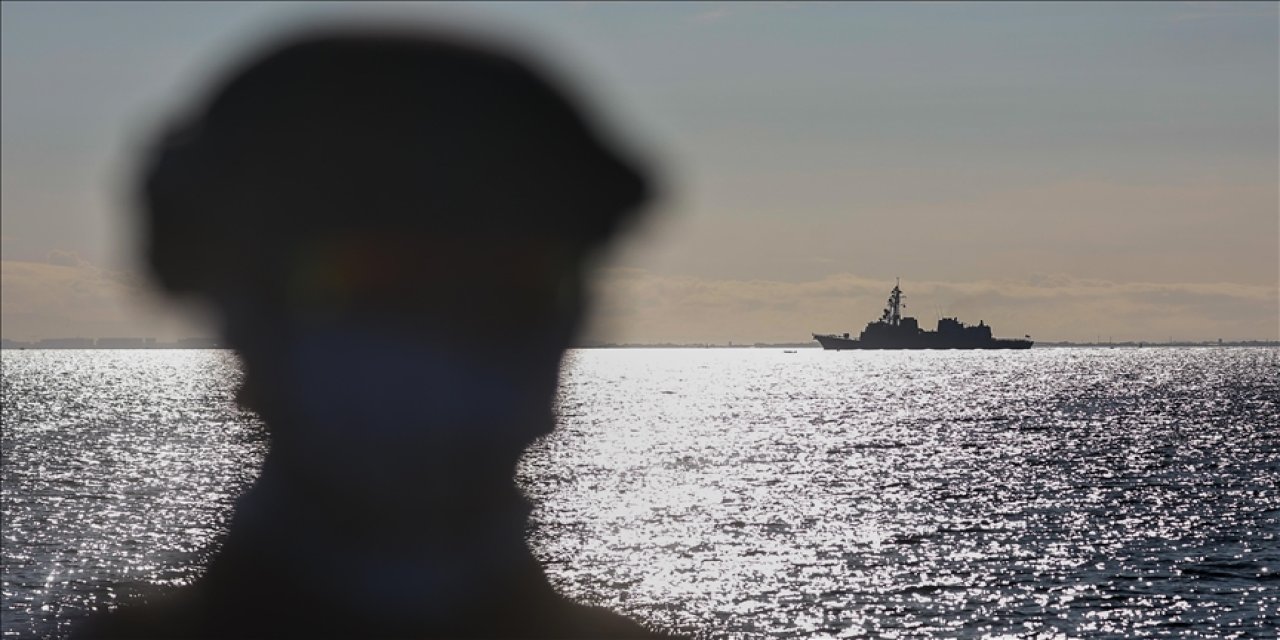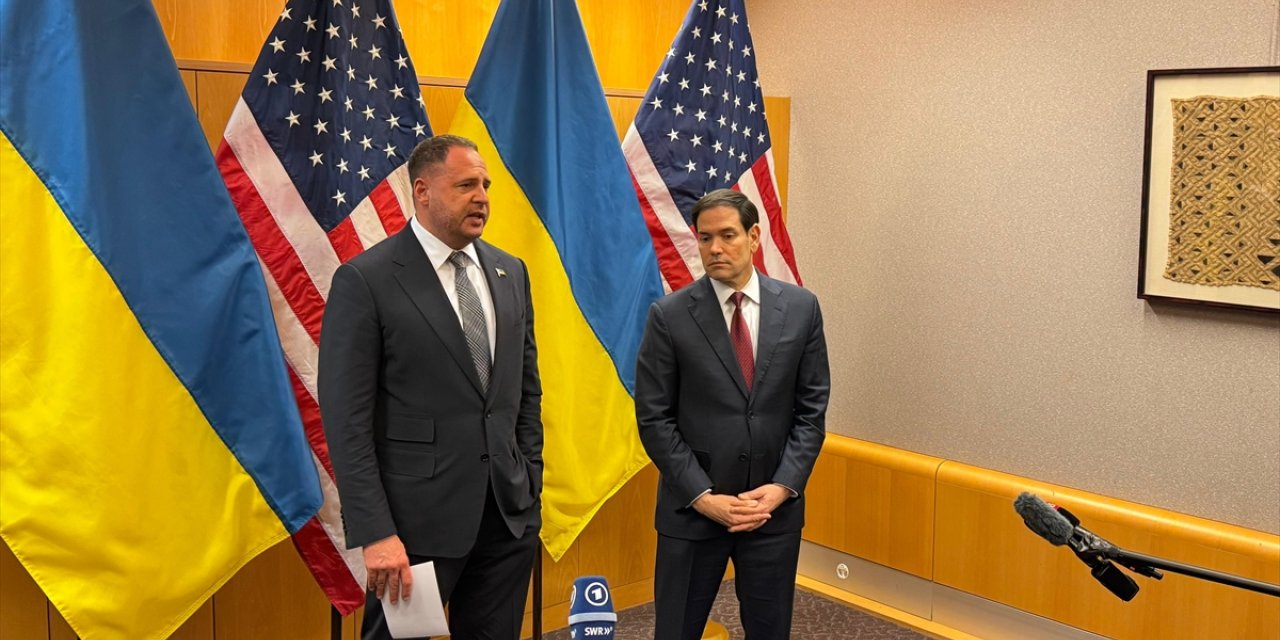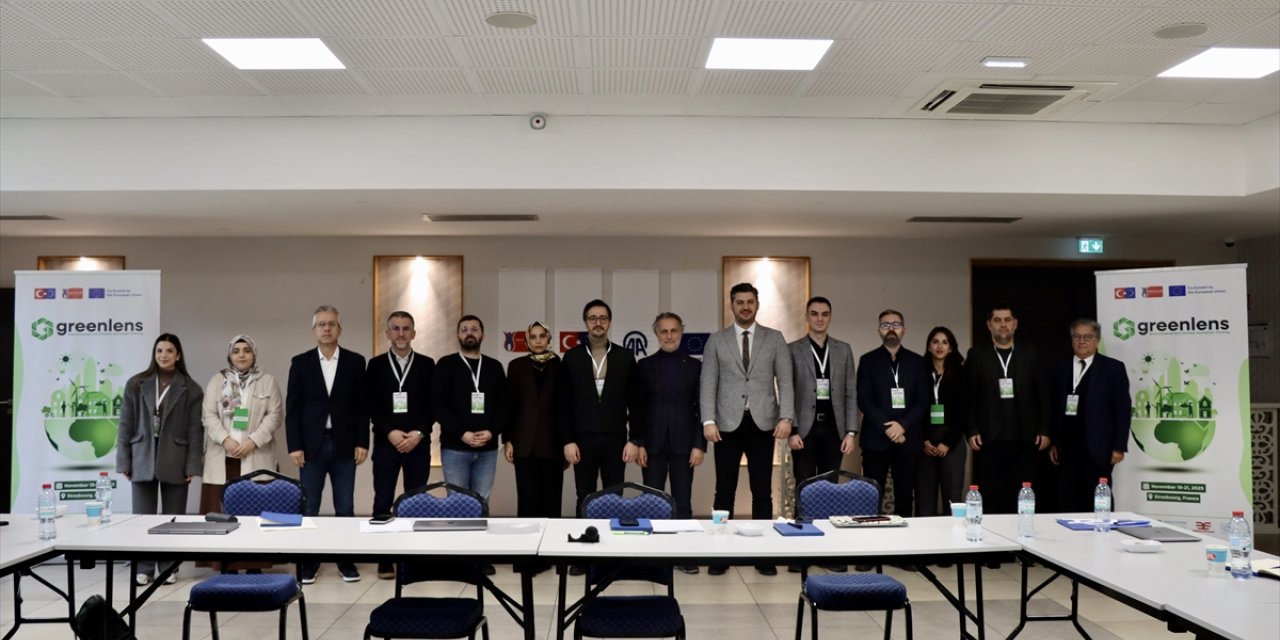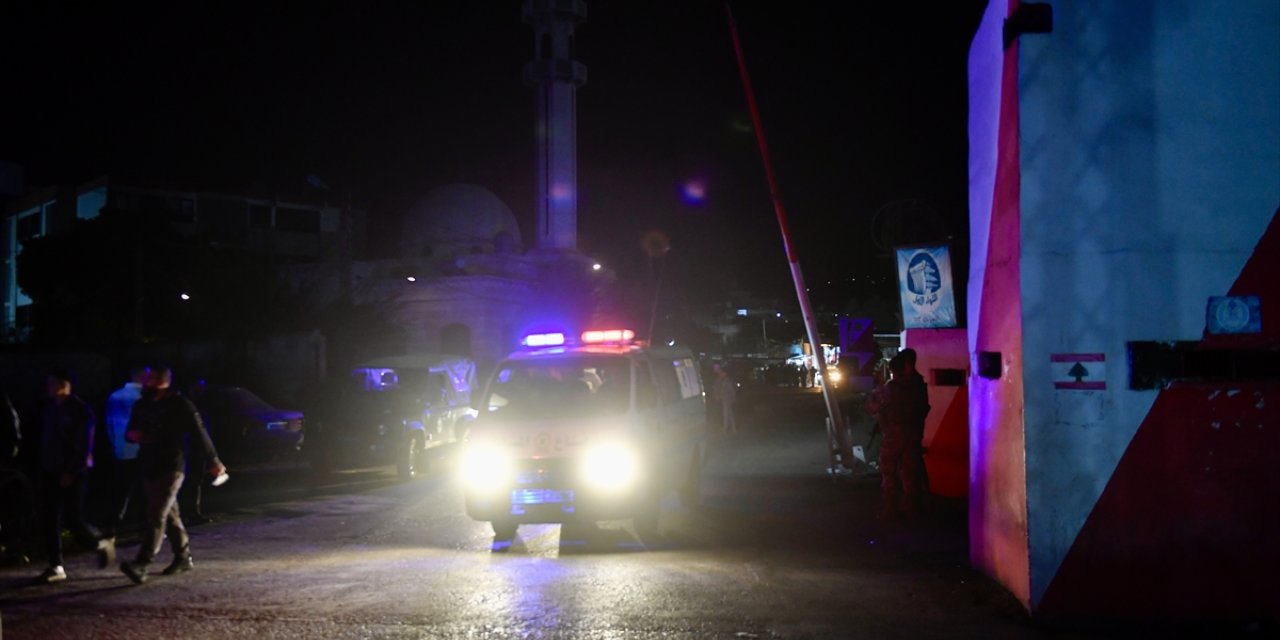
Israeli war alters Gaza’s demographic makeup: Officials
Israeli war has created crisis in Gaza’s social structure due to increasing number of widows, orphans, head of Gaza's media office Ismail Thawabteh tells Anadolu
By Hosni Nadim and Ahmed Asmar
GAZA CITY, Palestine/ISTANBUL (AA) – The death of tens of thousands of civilians in indiscriminate Israeli bombardment in Gaza has altered the territory’s demographic makeup, according to Palestinian officials and analysts on Wednesday.
The Israeli army has launched a brutal military onslaught in Gaza following a Hamas attack on Oct. 7, 2023, killing more than 50,100 Palestinians, injuring over 113,700 others, and leaving the enclave in ruins.
According to figures released by Gaza’s Health Ministry, the Israeli army committed 11,850 massacres against Palestinian families, resulting in the annihilation of 2,165 entire families and the loss of 9,272 members from 5,064 other families.
"Two million Palestinians have been internally displaced since the start of the Israeli war, which has had catastrophic consequences for the most vulnerable groups in Gaza, especially children, women, and the elderly,” Ismail Thawabteh, who heads Gaza’s government media office, told Anadolu.
He said more than 17,954 children and 12,365 women have been killed in Israeli attacks in the enclave since October 2023.
“Around 39,384 children have also lost one or both parents, while 14,323 women have lost their husbands,” he added.
“The demographic changes resulting from the war will have far-reaching effects at various levels, most notably an imbalance in the population due to the targeting of families and the complete loss of thousands of families," he warned.
Thawabteh said the Israeli war has created a crisis in the social structure in Gaza due to the increasing number of widows and orphans.
“This increases the social burden due to the increasing loss of the primary breadwinner,” he added.
“There is also the enormous economic pressure resulting from the destruction of more than 165,000 housing units and mass displacement, which has altered demographic patterns and increased poverty and unemployment rates.”
Thawabteh estimated that the initial losses from the Israeli war on Gaza exceed $41 billion.
Israel has imposed a crippling blockade on Gaza, home to 2.4 million Palestinians, since 2007, causing severe shortages of necessities.
Palestinian officials said that the enclave has already entered the first stage of famine amid Israel’s blocking of the entry of humanitarian aid into the enclave.
- Multiple disasters
Gaza Municipality spokesman Hosni Muhanna said the Israeli genocidal war has reshaped Gaza’s demographic map.
“The Gaza Strip is no longer what it was before the war,” he said. “Population density has doubled in some areas, while others have been completely emptied.”
He said the mass displacement of Palestinians inside the enclave has increased the pressure on basic services, particularly water and sanitation.
“This has led to the accumulation of 360,000 tons of waste in the streets and alleys,” he said.
“This accumulation is not only an environmental disaster, but also a serious health risk that threatens the spread of diseases and epidemics.
"The widespread destruction of roads, water, sewage, electricity, and communications networks, and the collapse of the health and environmental systems have created health and environmental crises and disasters."
- Forced displacement
Mustafa Ibrahim, a political analyst, said the Israeli war aims to bring about a long-term demographic change in Gaza.
“This change is being achieved by forcibly displacing Palestinians and reducing their numbers in the Gaza Strip, in a flagrant violation of international law, international humanitarian law, and international human rights law,” he told Anadolu.
On March 4, an emergency Arab summit in Cairo adopted a five-year Egyptian plan worth $53 billion for Gaza’s reconstruction without displacing its Palestinian inhabitants, a proposal rejected by Israel and the US.
The Arab-backed Egyptian scheme was a counterproposal to US President Donald Trump's plan to "take over" Gaza and resettle Palestinians to develop it into what he called the "Riviera of the Middle East."
Trump’s plan for Palestinian displacement was rejected by the Arab world and many other nations, who say it amounts to ethnic cleansing.
On Saturday, Israel’s Security Cabinet approved the formation of an agency to encourage what it called the “voluntary departure” of Palestinians from Gaza.
"Through its war on Gaza, the Israeli occupation aims to force Palestinians to migrate, reduce the population, and displace them from Gaza, taking advantage of the difficult and dire humanitarian situation,” Ibrahim said.
He said this displacement “is not merely a temporary exodus, but a deliberate attempt to alter the demographic composition of the Gaza Strip and achieve political objectives.”
"Israel has demographic concerns about the continued increase in the Palestinian population in the occupied territories, which now exceeds 7 million.
This situation "poses a challenge to the demographic structure that Israel seeks to preserve, which is why it has begun to implement old plans and policies of displacement dating back to 1948 to control as much Palestinian land as possible,” the analyst said.
While some reports suggest that 250,000 Palestinians have fled Gaza, Palestinian security sources estimate that only 90,000–100,000 have left the enclave via the Rafah crossing since October 2023, most of whom are stranded in Egypt and want to return.
- Hell
Muhanna, the municipal spokesman, agrees that the Palestinian displacement from Gaza is not “temporary” but an Israeli attempt to alter the territory’s demographic composition.
“Israel is achieving this by destroying the lives of Palestinians, forcing them to emigrate, whether by force or voluntarily, after turning their daily lives into hell and creating numerous crises that force them to seek alternatives.”
Thawabteh said the destruction of hospitals and water and sewage networks in Israeli bombardment has led to the spread of disease, water pollution, and worsened environmental conditions, and the lives of Palestinians.
“The government is seeking to restart hospitals and coordinate with international organizations to establish shelters, and rehabilitate infrastructure,” he said.
“These efforts are not sufficient to address the scale of the disaster, but rather a desperate attempt to save what can be saved."
- Pressure tool
Political analyst Iyad Al-Qarra said that the far-right in Israel seeks to make the Palestinian displacement from Gaza a “reality.”
"There is no doubt that displacement is a pressure tool used by Israel against the resistance in Gaza, as it represents a strategic threat after Oct. 7 to eliminate any future threat," he said.
Qarra called for an immediate ceasefire in Gaza, opening the territory’s crossings, delivering aid, and rebuilding the enclave.
“These are humanitarian imperatives to save lives, rebuild what was destroyed by the war, and strengthen Palestinian resilience in Gaza against displacement policies."
The Israeli army launched a surprise aerial campaign on the Gaza Strip on March 18, killing nearly 800 people and injuring over 1,600 others despite a ceasefire and prisoner exchange agreement that took hold in January.
The International Criminal Court issued arrest warrants last November for Israeli Prime Minister Benjamin Netanyahu and his former Defense Minister Yoav Gallant for war crimes and crimes against humanity in Gaza.
Israel also faces a genocide case at the International Court of Justice for its war on the enclave.
Kaynak:![]()
This news has been read 261 times in total









Türkçe karakter kullanılmayan ve büyük harflerle yazılmış yorumlar onaylanmamaktadır.